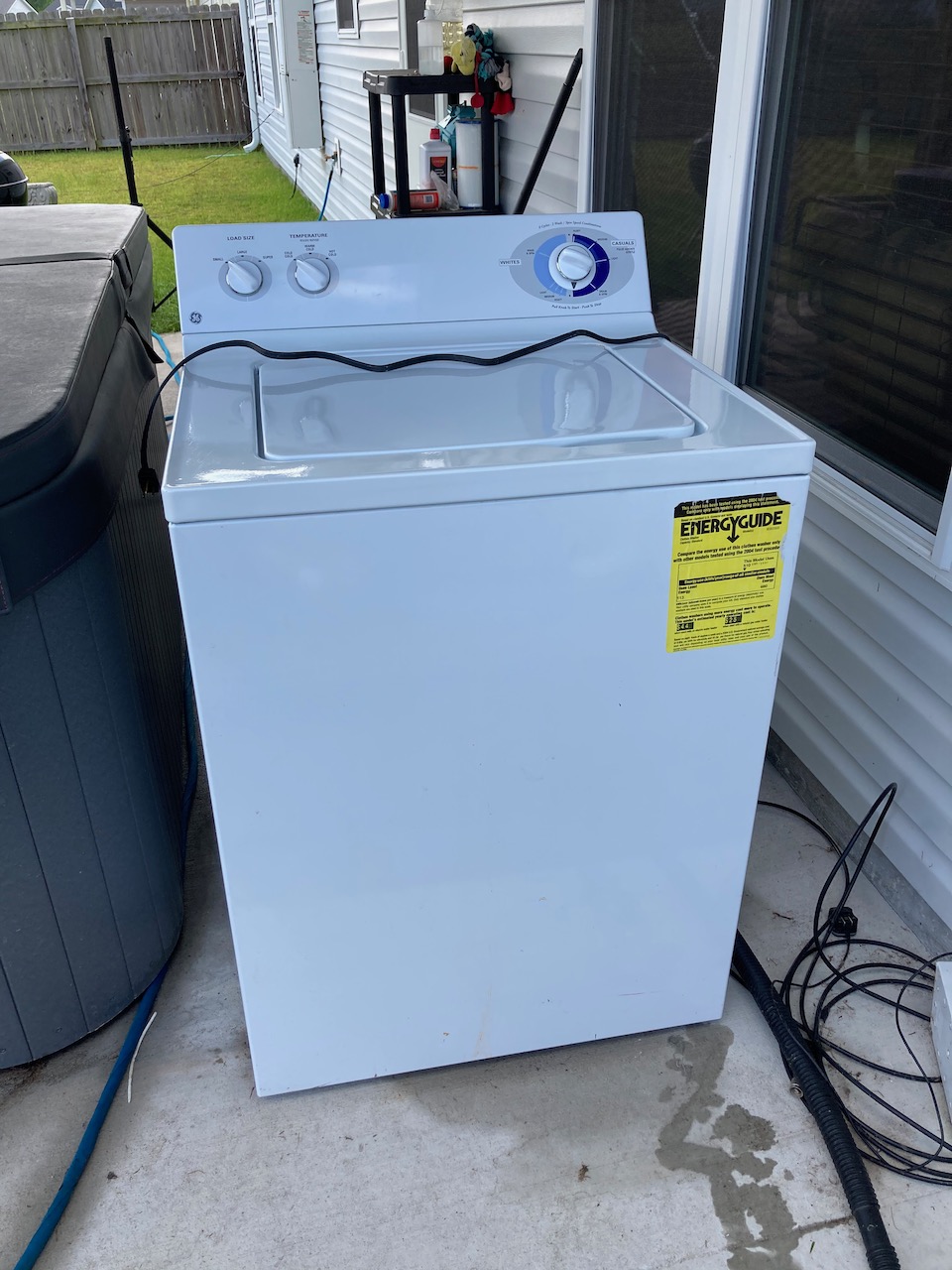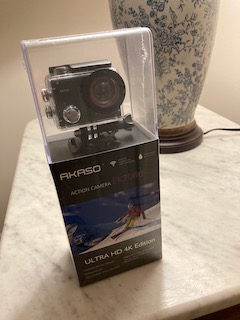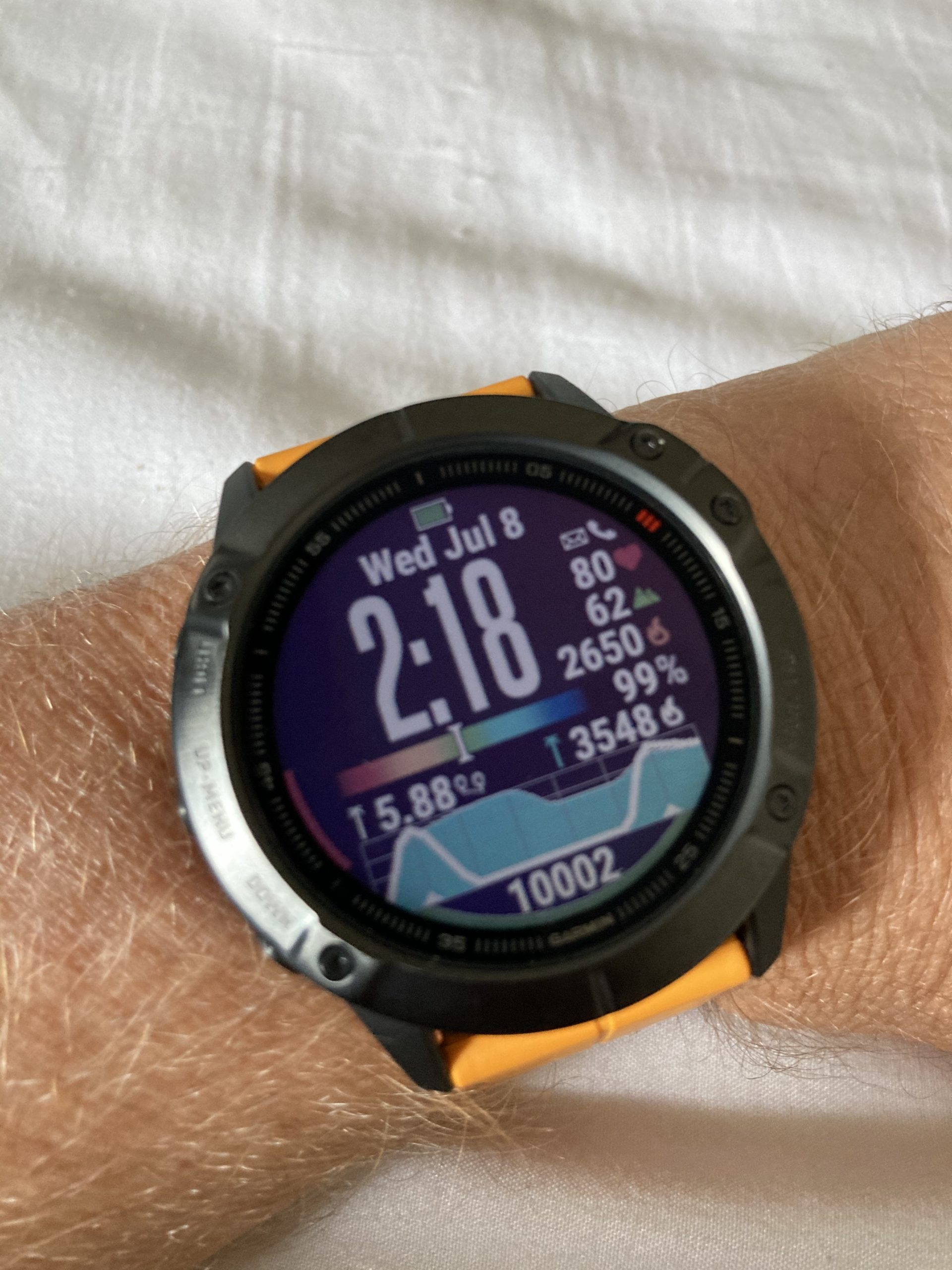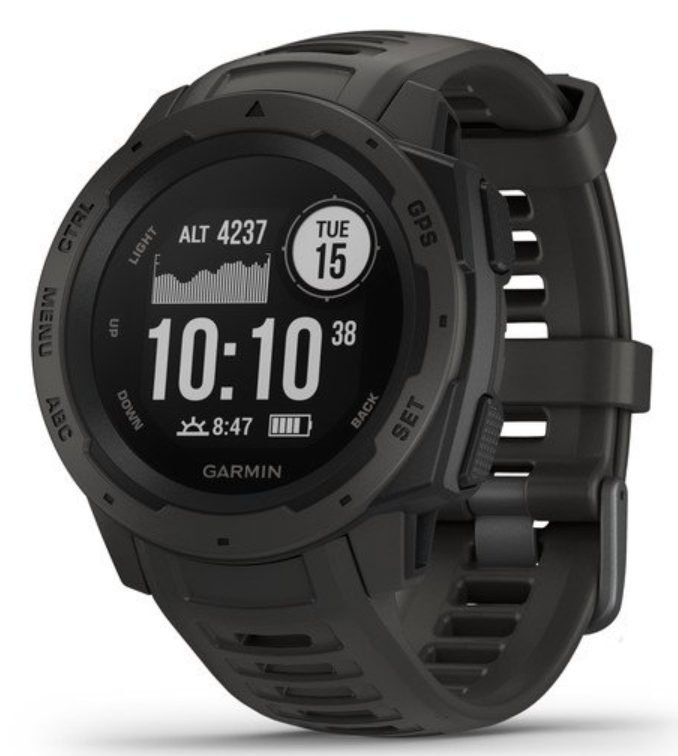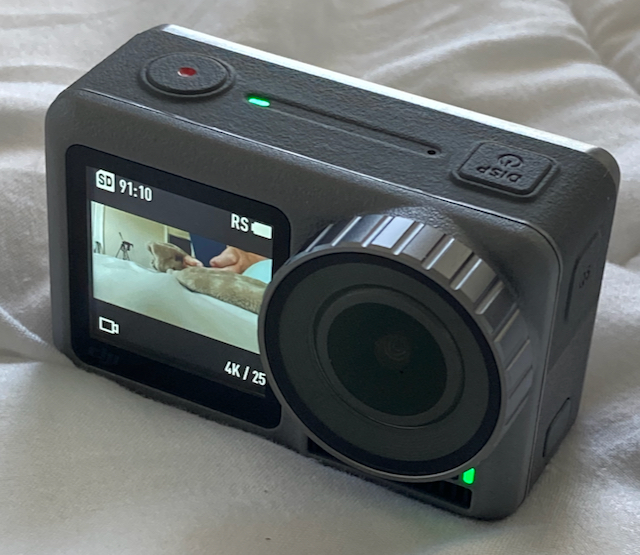
DJI Osmo Action Camera
Just was in the big city and picked up a DJI Osmo Action camera at BestBuy. Even though they have been released for a while there seems to be a lag time between ordering and receiving at least on most of the sites I’ve seen. This may be because there was a large price drop recently which is probably an indicator that a newer camera is coming out soon or this camera is End Of Life.
FIRST IMPRESSIONS BEFORE REALLY USING THE CAMERA
- The camera must be activated online prior to use. I find this very bizarre and somewhat annoying. If you read forums or reviews for the DJI Osmo Action they are full of “I can’t activate my camera and therefore I can’t use it” posts. A bit scary. All I can say to those people is that they obviously can’t follow instructions. I activated mine on the first go around.
- Firmware updates: DJI seems to be actively fixing all the quirks via firmware updates and the most recent update is from June 2020. Their competitor, GoPro, seldom releases firmware upgrades which is a frustration in that community.
- Having a front screen is awesome and seems to be the new standard for action/vlog cameras.
- The camera is WELL BUILT. Feels more robust than my GoPro Hero Series. And it seems to be a bit more compact.
- There is no external microphone jack. To be fair there isn’t one on the GoPro Hero 8 Black either. Adapters must be used on both cameras.
- Screen layout and navigation seems to be more intuitive.
- There is no GPS on the DJI Osmo Action. That is a bummer. The ability to overlay GPS tracks and have speedometers visible is cool, however in my opinion once you’ve done it and then shown it to people everybody will say “that’s cool” and then it really isn’t that cool anymore. It also ties you to software and apps and to be honest I just want GOOD QUALITY video and I’ll just dump it in software like iMovie. I don’t even want an app to control the camera.

